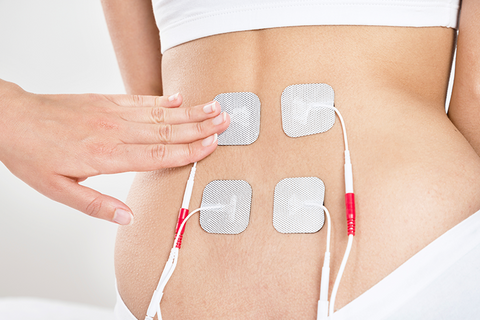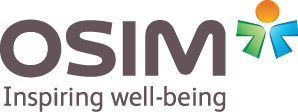7 Ways To Relieve Lower Back Pain
7 Ways To Relieve Lower Back Pain

Ever felt that sharp, stinging pain in your lower back after sitting down for too long? Turns out, you’re not alone. As much as 80% of adults have experienced either acute or chronic lower back pain at some point in their lives, but what can we do to relieve - or better yet, prevent it? Read on to find out more.

- Physical Therapy
When dealing with lower back pain, seeing a physical therapist is a good idea as they are certified professionals with the right expertise to diagnose and treat your condition. If your pain or injury is sports induced, a physical therapist can also perform sports massages to relieve the tension and prevent it from developing into chronic pain.
The therapist may then assess the way your body moves which could include your range of motion and strength. From this, an appropriate plan of treatment should be conducted to help tackle the problem in your lower back.
However, if you feel that traveling to a massage appointment is a hassle, you could always consider investing in a massage chair at home. Some advanced massage chairs can even replicate therapeutic massages at a fraction of the cost

- Get Adequate Rest
If you are not getting enough sleep, that could be one of the reasons why you are experiencing back pain as your body is not getting enough rest to alleviate the pain. With enough rest, you could potentially allow the inflammation in your back to subside.
If you’re having trouble getting adequate rest while sleeping, you can consider getting a massage close to bedtime. Studies have shown that getting a massage can trigger the release of serotonin, which is a hormone that helps soothe and relax the body. Good news is, some massage chairs do have sleep programs to help you sleep better, all while relieving that nagging pain in your lower back.

- Use Cold and Heat Therapy
If you just experienced a back injury, try cold and heat therapy immediately to relieve the pain. This involves using an ice pack immediately after the injury to numb the pain and reduce swelling, which is vital as strained muscles result in poor circulation which sends pain signals to the brain. After 48 hours, use a heat wrap to stimulate blood flow at the same spot.

- Stretch Your Lower Body
As the muscles on your lower back sit at the core of your body, injuries or tightness felt in muscles around it can adversely affect and play a role in contributing to lower back pain. A common muscle group that contributes to lower back pain are your hamstring muscles, which pulls down on your lower back when it is tight. Because your hamstring muscles originate from the sitting bones of your hip, a tight hamstring will affect closely-related muscles like your pelvis and strain the ligaments around your spine. If you can’t reach your toes, chances are you have tight hamstring muscles and should stretch it out everyday! Try stretching for 15 - 30 secs for an adequate stretch, and repeat them 2 - 5 times.

- Exercise
Building strong core muscles can go a long way in protecting your lower back from injuries. Thus, it has to be strong enough to support your whole body weight or it might rely on passive structures like ligaments, spinal bones and spinal discs, which can induce pain on your lower back.
Swimming, for example, is a good way to strengthen your core while taking pressure off the spine. If your muscles get sore from your working out, be sure to try out the sports programs available in various massage chairs.
Another alternative is to take a gentle stroll -- according to a study by The Spine Journal, walking has shown to reduce lower back pain by up to 50%. It also stimulates the brain to release serotonin and endorphins to alleviate your mood and reduce stress.

- Natural Remedies
When we feel pain, our natural reaction would be to take pain-relief or anti-inflammatory medication which provides temporary relief. However, a long-term and natural approach to relieve lower back pain - without the dangers of side effects -would be to get a simple massage. A non-invasive solution to relieve pain, massages that are focused on the lower back can help to ease tight muscles and benefit your whole body by increasing overall blood circulation too. If you find yourself sitting at your desk for long periods throughout the day, back massages can target your lumbar which helps to ease lower back stiffness and relieve any pressure or soreness from prolonged sitting.

- Transcutaneous electrical nerve stimulation (TENS)
For chronic lower back pain, try using a nerve stimulator for quick pain relief. It is an effective, non-invasive equipment that often comes with a lower back program to relieve knots and tension, aches or pain by delivering a mild electrical stimulation to the nerves. Some TENS users can receive immediate and long-lasting pain relief, even just after a few applications. The production of endorphins from TENS usage helps alleviate pain and provides users with a more comfortable way of life.
As the equipment is fuss-free and quiet, it is also an ideal choice for anyone who is on-the-go and looking to relieve post-exercise muscle aches in the office, for example.

